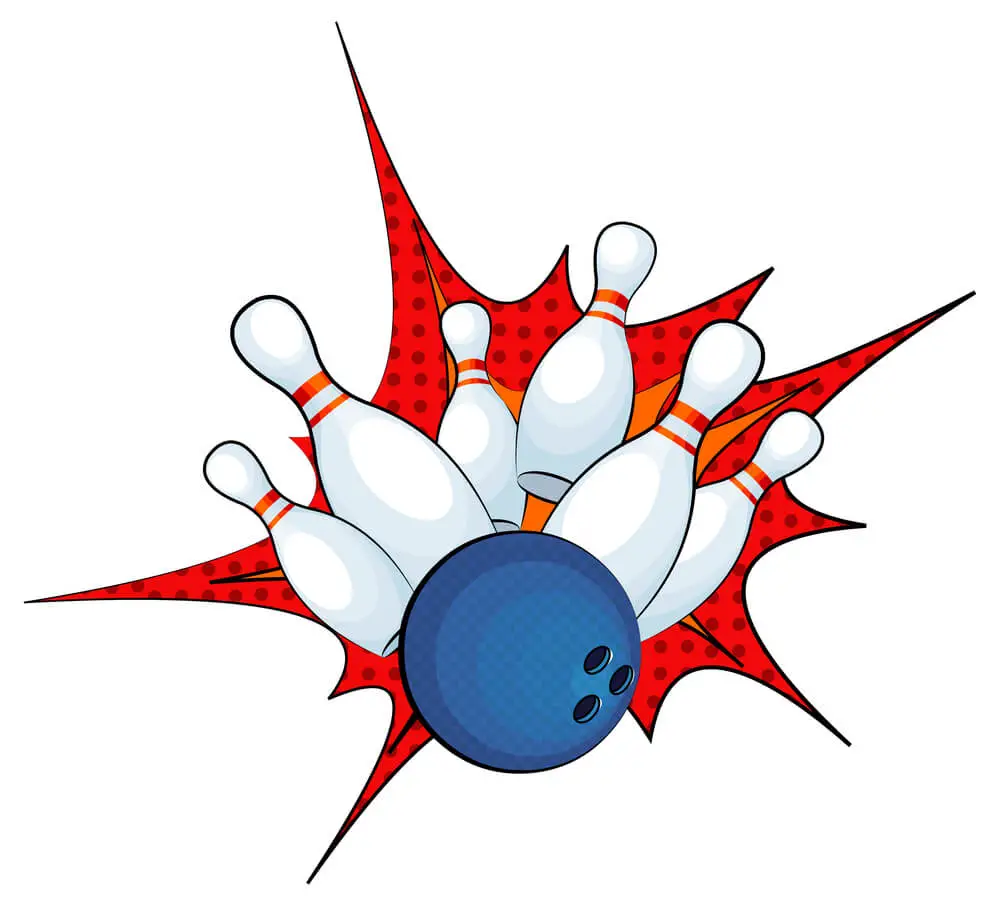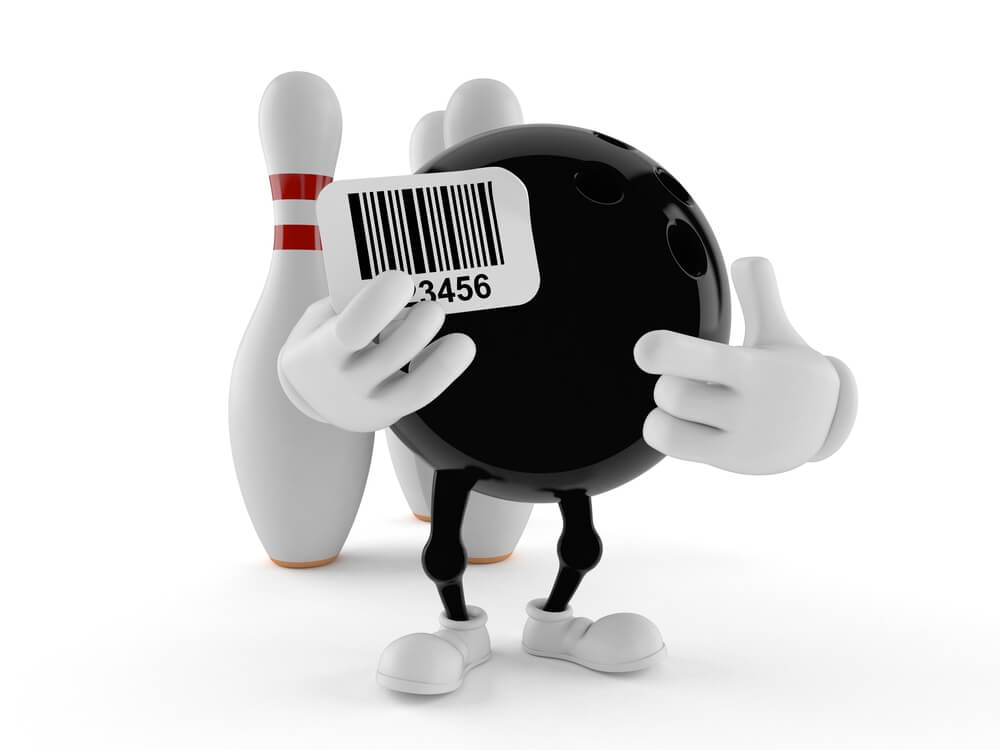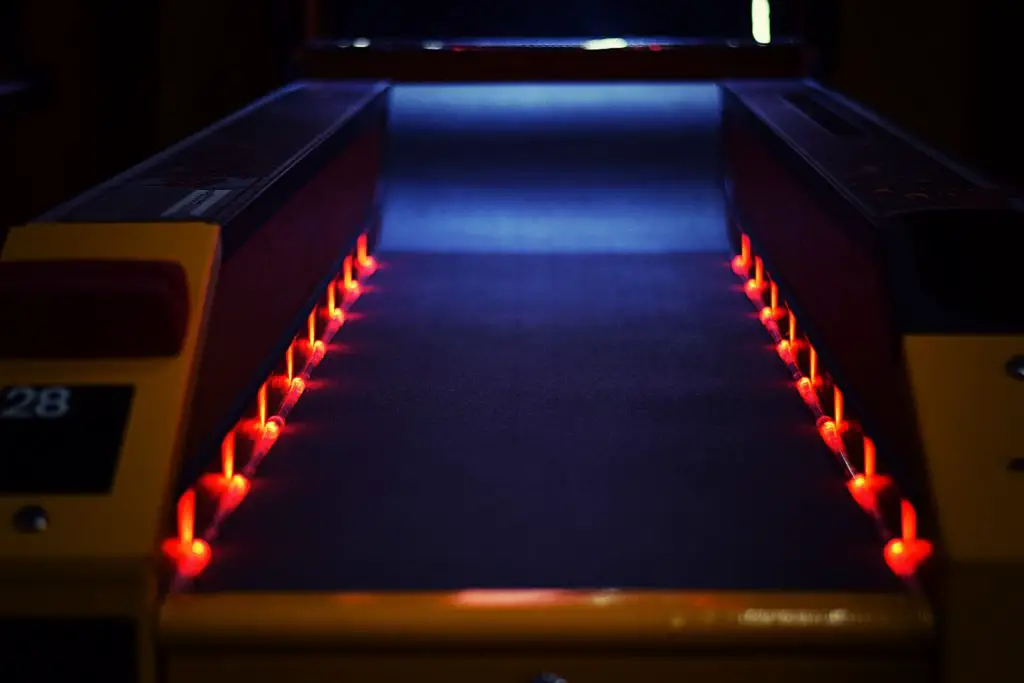When you are playing with a house ball in your favorite bowling alley, you might have noticed some numbers written on the ball. You might be curious to know what these numbers mean and their significance.
If you took a guess and thought it might be the serial number, your next question would be, do bowling balls have them, and if yes, what do they stand for?
Bowling balls do have serial numbers, usually in the form of a smaller series of numbers. They give valuable information about the ball, like its manufacturing date, type, the factory it was made in, and who made it. It allows the makers to keep a ball track and trace the kinds of material used in the production of the ball. Besides, the serial number gives legal status to your ball while entering a tournament.
The serial number on the ball is often hard to notice, but they are there for a reason. This article discusses the significance of these serial numbers and how you can utilize the data it provides to you.
Serial Numbers On Bowling Balls:
If you are a bowling addict, you might have noticed some numbers on your bowling balls. These numbers contain information about that particular ball, like its weight and serial number. In bowling alleys, the larger number indicates the ball weight, and the smaller number usually stands for the serial number of the ball.
These serial numbers are assigned to each ball and help you get a lot of data about it. Apart from this, a serial number also plays a crucial role in competitions and tournaments. It makes the identification process much easy. Also, a serial number is required to keep the ball legal. So, if your ball is missing one, it might not make it to the approved ball list.
If you plan to be a part of bowling competitions or already are, your ball must have a serial number. You might have to engrave or re-engrave it if the number has rubbed off after frequent bowling games.
What Does Serial Number On The Ball Indicate?
The serial number on the bowling ball can provide plenty of information about the ball. The details provided by this number can vary in different ball brands. Most of the time, it will tell you about the manufacturing date, ball type, and so forth.
In some bowling balls, the first digit might give you information about the year it got manufactured. So, you can easily get to know so much about the ball you are using by just looking at the serial number.
When it comes to competition and tournaments, you cannot ignore how much the serial numbers hold significance. These numbers are mostly preceded by the USBC (United States bowling congress) code. So, when you join a USBC-certified competition, your ball might not get listed in the approved balls that you can use in the tournament.
Missing Ball Serial Number; What Might Happen?
The serial number on the bowling ball can go missing over time and rub off. For instance, if you play bowling regularly, there is a high chance that the serial number will fade away. Also, when your ball undergoes the resurfacing procedure, the digits can fade. You might wonder what can be the disadvantage of it.
As mentioned earlier, serial numbers are crucial for the ball to make its way into the “approved ball list” when you are participating in a tournament. The serial number will help the tournament officials to identify whether the ball is part of their approved list or not. If it is not approved, you are required to use another ball.
Thus, a serial number is necessary to keep the ball legal. If your number goes missing with time, you can have it re-engraved. Make sure you do not enter a competition without it.
How Can You De-Code A Bowling Ball Serial Number?
Different manufacturers have their system of assigning a serial number to the ball. They will use a series of numbers and letters to indicate the month and year of the ball making. You can locate this section at the beginning of the serial number. An example is Brunswick, a well-known bowling company that uses letters to tell about months and years.
Bowling ball serial numbers also indicate other specifications about ball making, the material, and who manufactured it. Each ball-making company has different methods to create these numbers.
The numbers remaining after the date indicate the Stock Keeping Unit number. It is also known as the SKU number. And, it is supposed to match the packaging in which your ball came. It is unique to each ball, and not everyone is the same. A serial number is significant for bowling competitions and also for manufacturers.
What Does The Larger Number Indicate On The Bowling Ball?
Besides the serial number, you can also find a larger number series on the ball. These digits usually indicate the weight of the ball. The player who doesn’t possess their ball often rents a house ball from a bowling alley as it is a convenient option.
These large numbers help you pick the correct weight ball for yourself simply by looking at the ball. You don’t have to ask for someone’s assistance in telling you about your ball weight. It is also helpful for new players who find it hard to identify different weight balls.
Conclusion:
The numbers on the bowling ball contain a lot of information about the ball that you use. They help you identify and learn more about the ball, from its weight, date of making, material, etc. The serial number of the ball does not just give a date about the ball making, but it also keeps the ball legal if you take part in competitions. You can use the data from the serial number as a reference whenever you rent a house ball or while buying one for yourself.





